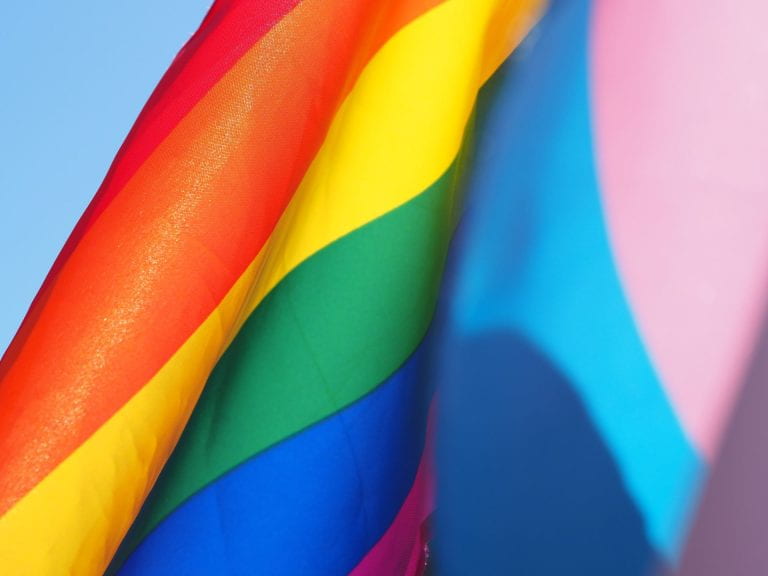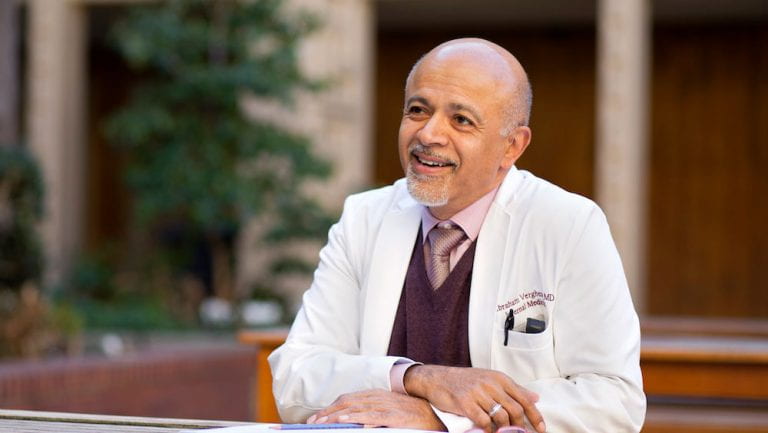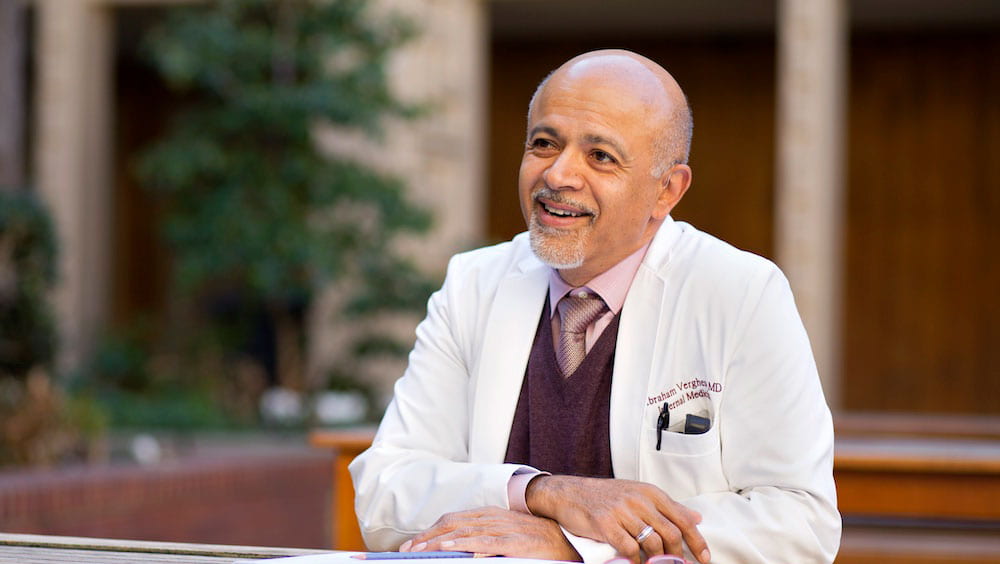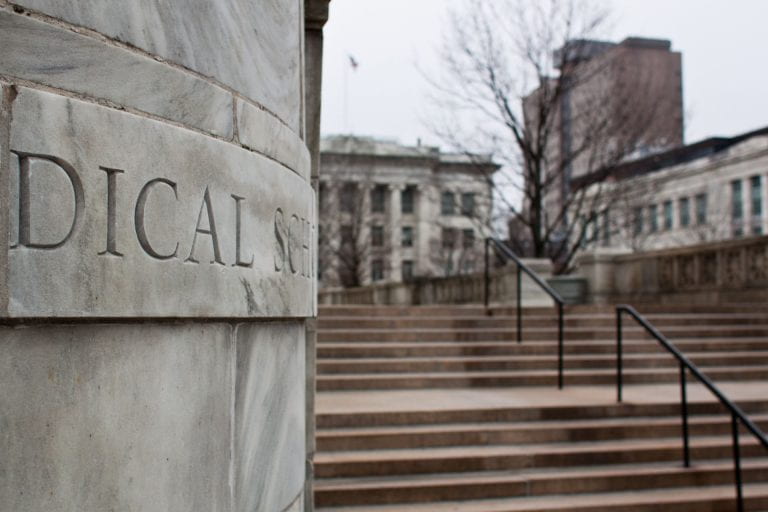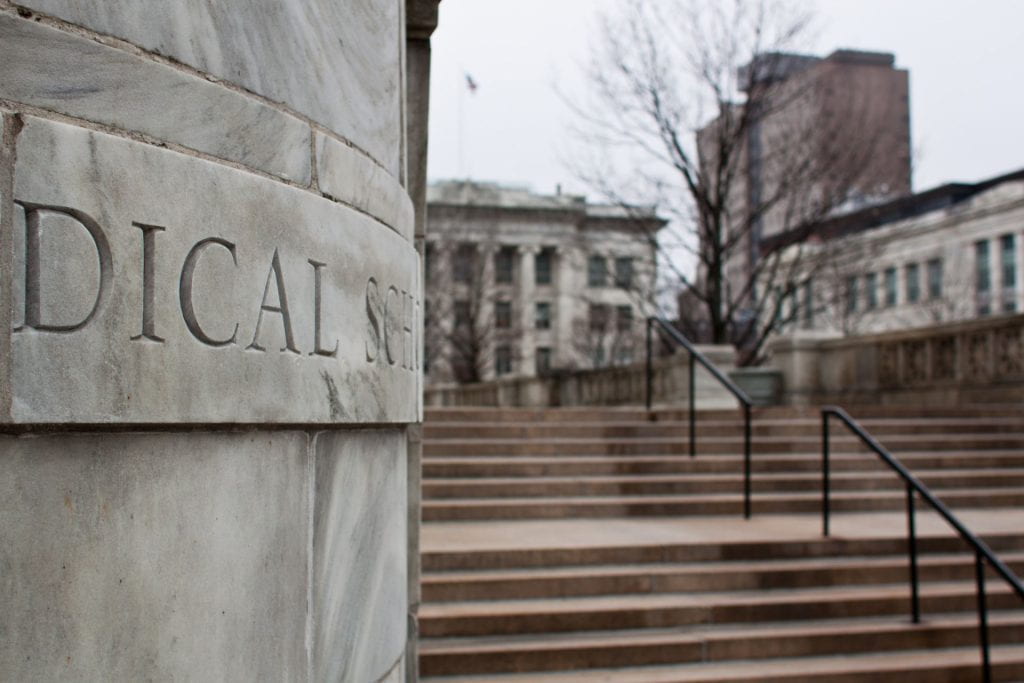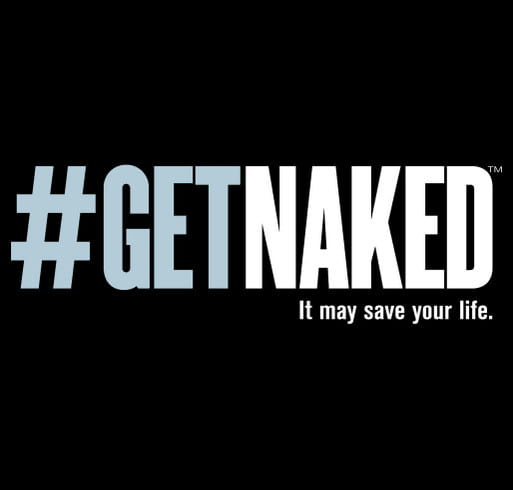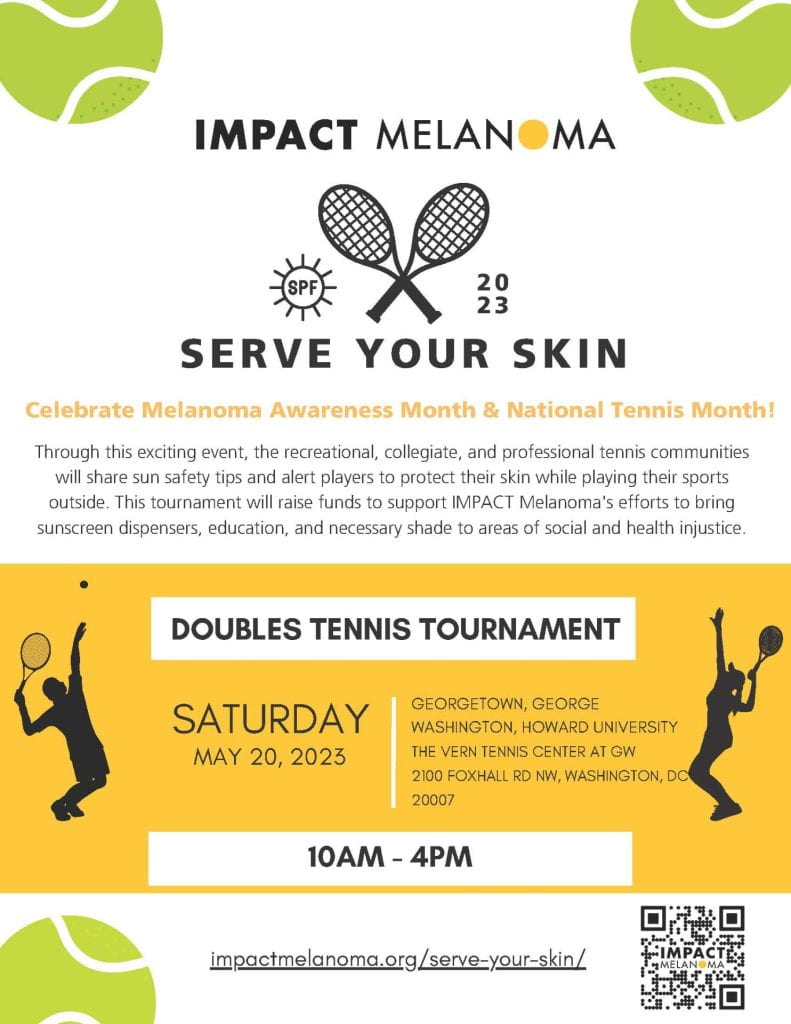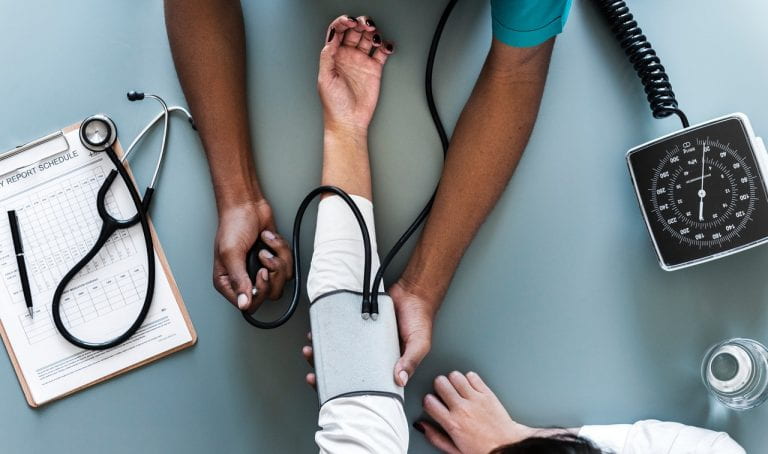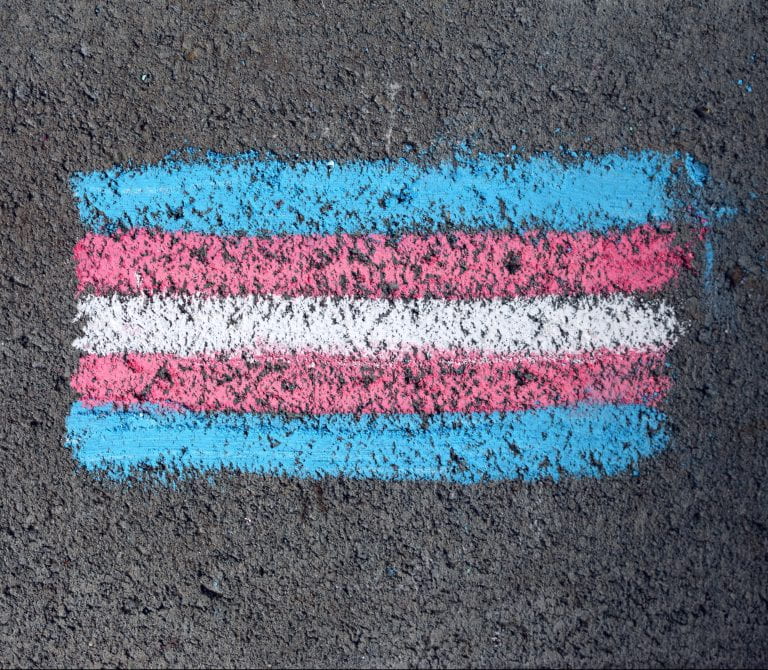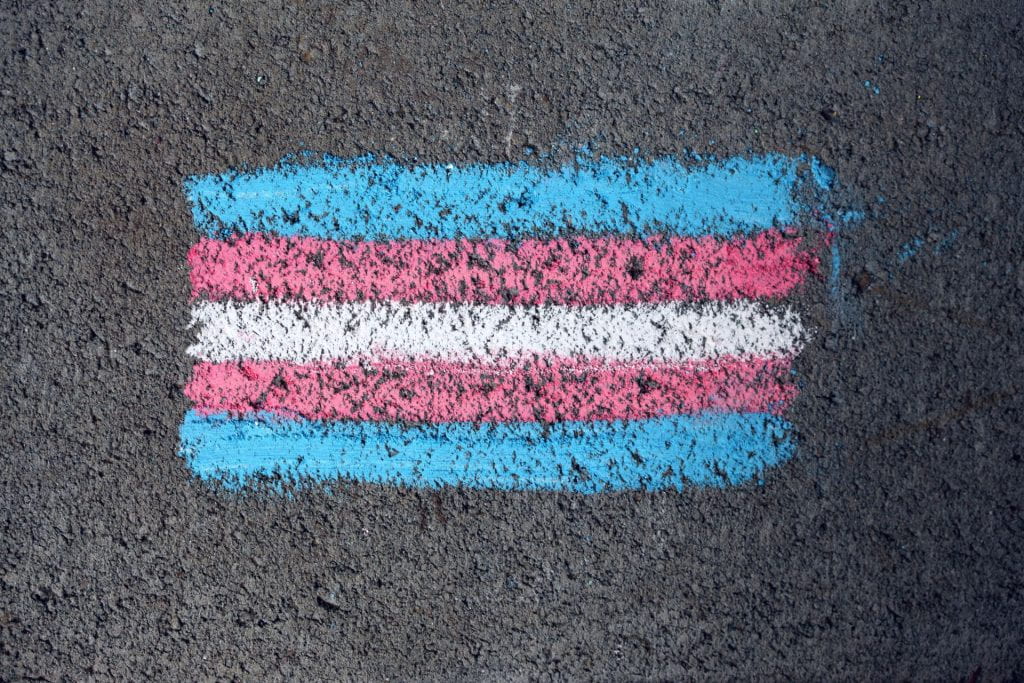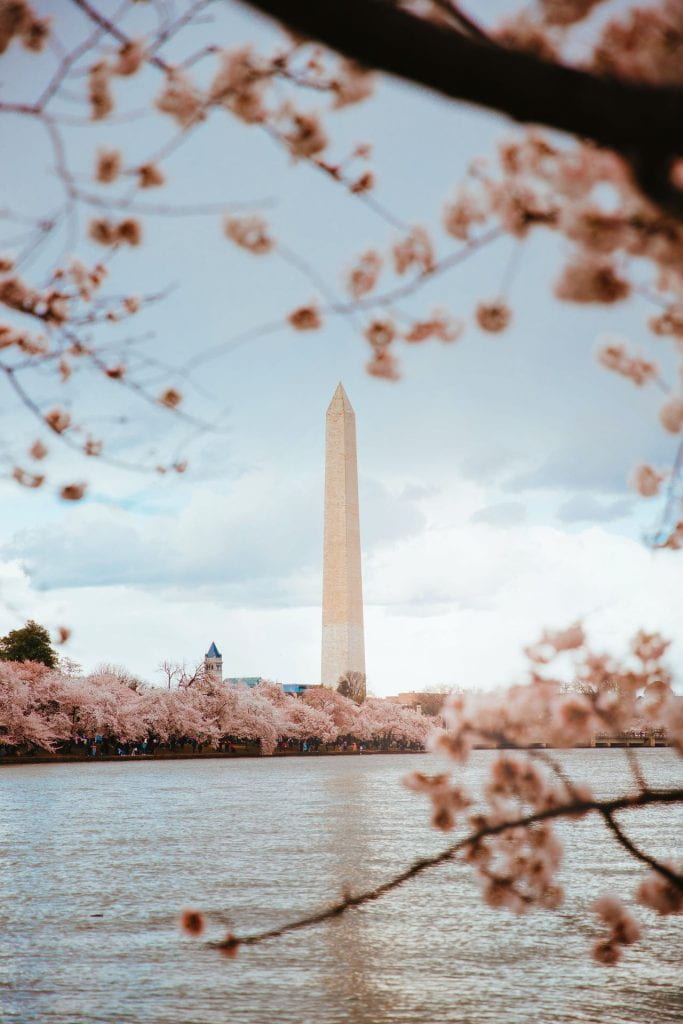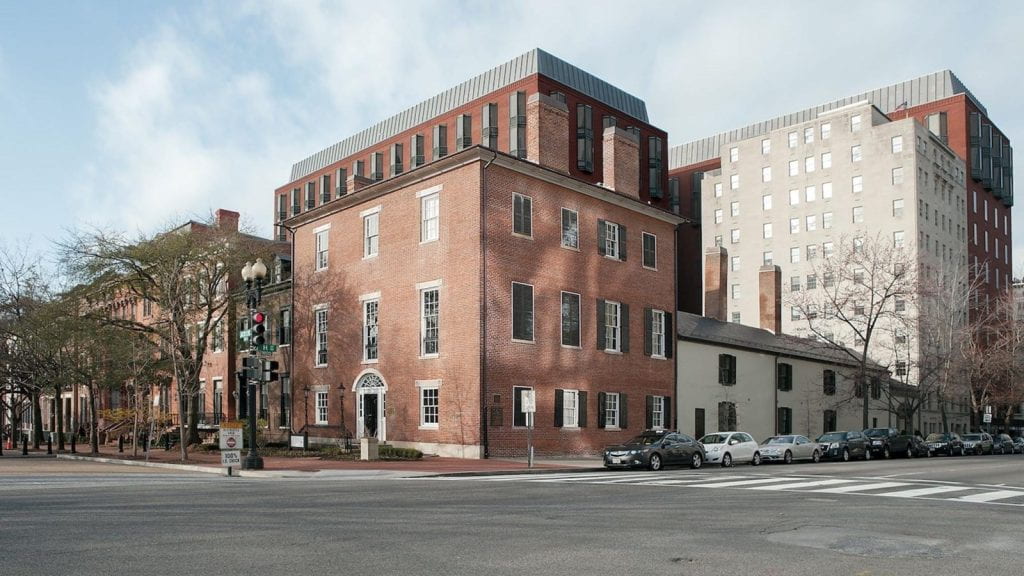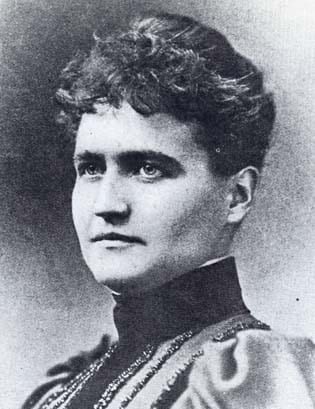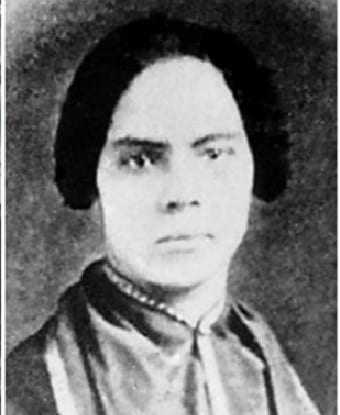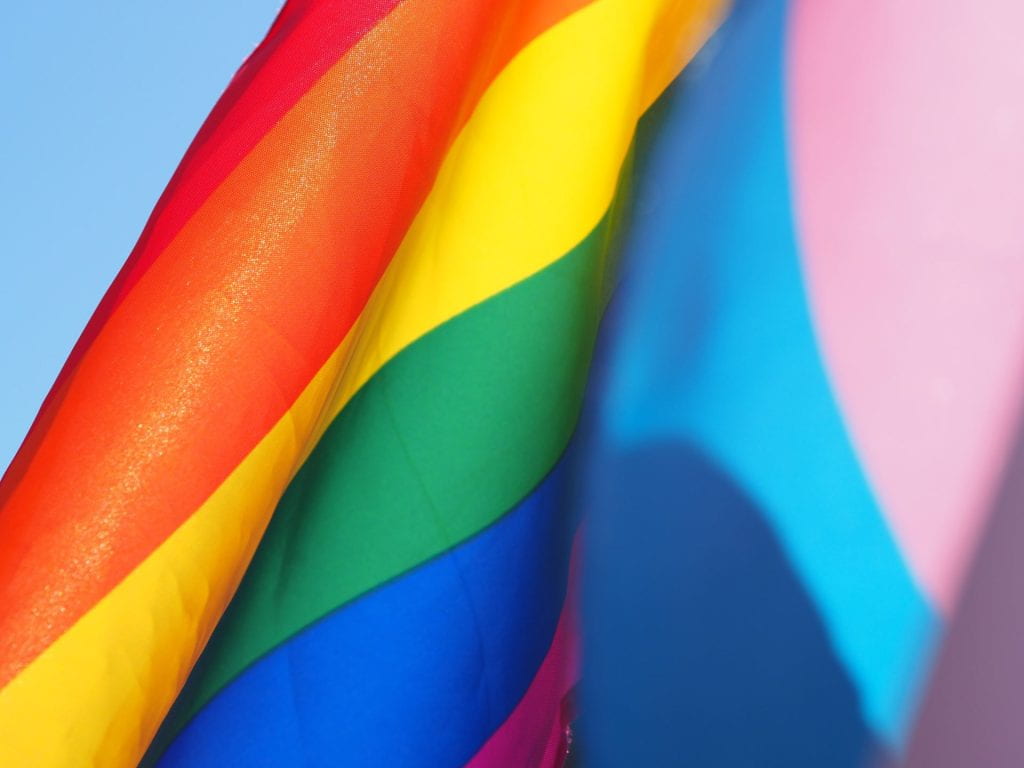
Last week’s Ways to Celebrate This Year’s Pride Month post highlighted a variety of books, documentaries, local events, and volunteer opportunities available to celebrate Pride Month this year. In today’s post, we’ll focus on LGBTQ+ healthcare-focused resources available through Himmelfarb Library that can deepen your understanding of the LGBTQ+ community.
Selected Books
This selection of LBGTQ+ focused books is available
- Transgender and Gender Diverse Health Care: The Fenway Guide: This book offers a roadmap for clinicians to provide culturally responsive care that meets the primary, preventive, and specialty health needs of transgender and gender-diverse adult patients.
- Clinician’s Guide to LGBTQIA+ Care: Cultural Safety and Social Justice in Primary, Sexual, and Reproductive Healthcare: This book is a guided exploration of gender and sexuality that provides a framework for providing clinical care for all people through the lens of racial, economic, and reproductive justice. This book is available in Himmelfarb’s stacks located on the basement level of the library. (Call Number: RA564.9,S49 C55 2022)
- LGBTQ+: Support and Care. Part 3, Caring for Transgender Children: This book explores how pediatric primary care providers are uniquely positioned to screen, identify, and care for transgender and gender-diverse youth.
- Pocket Guide to LGBTQ Mental Health: Understanding the Spectrum of Gender and Sexuality: This manual provides guidance for mental health clinicians who work with patients of diverse gender and sexual identities.
- Understanding the Well-being of LGBTQI+ Populations: This report focuses on eight domains of well-being among sexually gender-diverse populations and identifies opportunities to advance the understanding of how individuals experience sexuality and gender, as well as how sexual orientation, gender identity, and intersex status affect sexually gender diverse people.
- Bodies and Barriers: Queer Activists on Health: This book explores the health disparities that LGBTQ+ individually face, how these health disparities lead to worsened health outcomes, and provides insights and a road map for action that could improve queer health.
- Comprehensive Care of the Transgender Patient: This book covers all aspects of transgender health care, from epidemiology and history to an in-depth review of the complex transition for patients that includes mental health services, endocrine and hormone therapy treatment, and surgical options.
Selected Journals
- Journal of Health Disparities Research & Practice: This journal explores the problems and challenges created by health disparities among diverse populations including the LBGTQ+ community.
- Health Affairs: This journal covers a wide range of topics related to health care policy and managed care and often addresses LGBTQ+ related issues.
- International Journal of Transgender Health: This journal covers gender dysphoria, medical and psychological treatment of transgender individuals, social and legal acceptance of hormonal and surgical sex reassignment, and transgenderism.
- Journal of Gay & Lesbian Mental Health: This multidisciplinary professional forum covers issues related to psychotherapy for gay, lesbian, and bisexual individuals.
- Journal of LGBT Youth: This journal contains information on current developments in educational policy, curriculum development, professional practice, and pedagogy involving gay and lesbian studies.
- Journal of LBGT Issues in Counseling: This journal provides a professional forum for research, best practices, and emerging trends and issues related to counseling the LGBT community.
Streaming Videos
- Born to Be: This documentary provides an intimate look at the work of Dr. Jess Ting (he/him) and the impact of gender-affirming care on patients and has transformed his own life.
- Cured: This documentary explores the campaign that led to the removal of homosexuality from the American Psychiatric Association’s list of mental illnesses in 1973.
Are you interested in learning more about influential members of the LGBTQ+ community? Check out Himmelfarb’s profile of Dr. Rachel Levine, the first openly trans woman to be confirmed to a federal position by Congress. Or learn more about one of GW’s own in our profile of Dr. Lawrence “Bopper” Deyton, Senior Associate Dean for Clinical Public Health at GW’s School of Medicine and Health Sciences (SMHS). Dr. Deyton played a crucial role in HIV/AIDS research during the early 1990s.
Are you interested in more general resources available at GW? GW’s LGBTQIA+ Resource Center provides comprehensive educational, support, and advocacy services including workshops, special events, and mentoring opportunities. GW Out for Health is a GW SMHS student-led organization that serves as an advocacy group and as a place to build relationships and a sense of community within the LGBTQ+ community within SMHS. Learn more about Out for Health by emailing gwofh@gwu.edu. You can also learn more by exploring the resources available on GW’s Gender and Sexuality Resources page.

